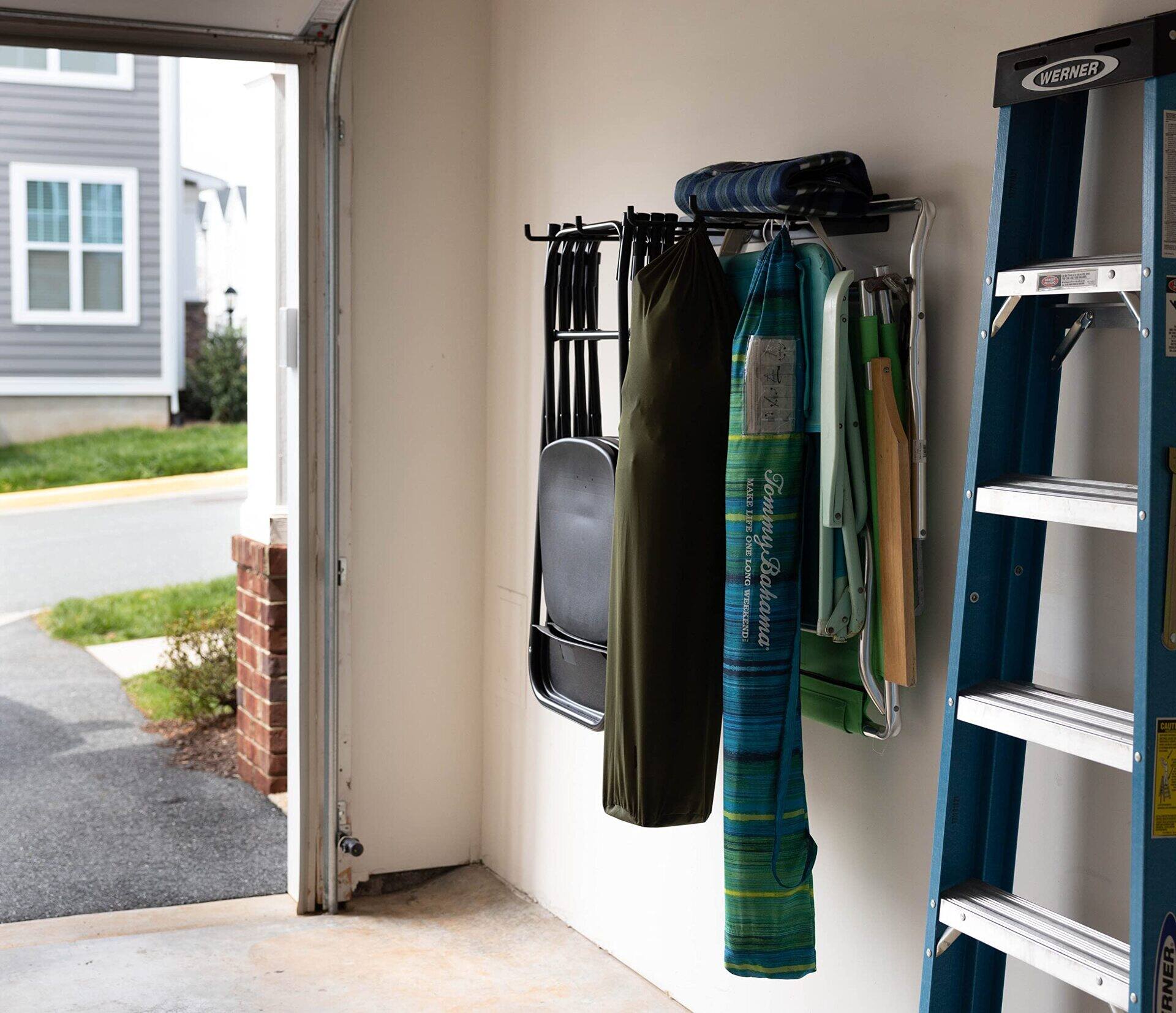

Articles
How To Store Chairs
Modified: December 7, 2023
Discover effective ways to store chairs in this collection of informative articles. Learn how to maximize space and protect chairs from damage.
(Many of the links in this article redirect to a specific reviewed product. Your purchase of these products through affiliate links helps to generate commission for Storables.com, at no extra cost. Learn more)
Introduction
When it comes to storing chairs, proper handling and storage techniques are essential to ensure their longevity. Whether you are storing chairs for a short-term period or for an extended period of time, following the right steps will help maintain their quality and appearance.
In this article, we will guide you through the process of properly storing chairs. From cleaning and disassembling to choosing the right storage space and protecting the chairs, we will cover all the necessary steps. By following these guidelines, you can ensure that your chairs will remain in excellent condition and ready for use whenever you need them.
So, let’s dive in and learn how to store chairs effectively!
Key Takeaways:
- Properly storing chairs involves thorough cleaning, disassembly if needed, selecting the right storage space, protecting with covers or wraps, and storing in a safe, well-ventilated location to ensure longevity and preservation.
- By following the steps outlined, you can ensure that your chairs remain in excellent condition, ready for future use. Thorough cleaning, proper disassembly, protective measures, and safe storage are key to maintaining their quality and appearance.
Read more: How To Store Chairs In Garage
Step 1: Clean the Chairs
Before storing your chairs, it’s crucial to make sure they are clean to prevent dirt, dust, and stains from setting in and potentially ruining the fabric or finish. Here’s how you can clean your chairs:
- Inspect the chairs: Start by examining the chairs for any visible stains or spills. Take note of any areas that require special attention during the cleaning process.
- Vacuum or brush: Use a vacuum cleaner or a soft-bristle brush to remove loose dust and debris from the chairs. Pay close attention to crevices and hard-to-reach areas.
- Spot cleaning: If you spot any stains or spills on the chairs, use a mild detergent or upholstery cleaner specifically formulated for the type of material your chairs are made of. Follow the manufacturer’s instructions and gently clean the affected areas with a soft cloth or sponge.
- Wipe down the chairs: Once you have addressed any stains or spills, use a damp cloth to wipe down the entire surface of the chairs. This will help eliminate any remaining dirt or residue.
- Drying: Allow the chairs to air dry completely before moving on to the next step. Avoid storing damp chairs, as this can lead to mold and mildew growth.
By thoroughly cleaning your chairs before storage, you can ensure that they will remain in pristine condition and be ready for use when you retrieve them.
Step 2: Disassemble if Needed
Not all chairs are designed to be disassembled, but if your chairs have removable parts or can be taken apart, it is advisable to do so before storing them. Disassembling the chairs can help save space and prevent damage during storage. Here’s what you need to do:
- Refer to the manufacturer’s instructions: If your chairs come with assembly instructions, check to see if they provide guidance on disassembling the chairs. Follow the instructions carefully to ensure you don’t miss any important steps.
- Remove cushions and upholstery: If your chairs have cushions or upholstery, remove them before disassembling the rest of the chair. This will allow you to clean and store them separately with care.
- Unscrew or detach parts: Use the appropriate tools to loosen and remove any screws, bolts, or detachable parts from the chairs. Keep these parts in a secure place, like a labeled bag or container, so you can easily reassemble the chairs later.
- Store disassembled parts: Once the chairs are fully disassembled, carefully store the parts in a safe and organized manner. You can use bags or boxes to keep them protected and prevent them from getting lost.
Disassembling your chairs, especially those with removable parts, can help save valuable storage space and minimize the risk of damage. Just remember to keep all the parts properly labeled and stored together so you can easily put them back together when needed.
Step 3: Choose the Right Storage Space
When it comes to storing chairs, selecting the right storage space is crucial for maintaining their condition and preventing any damage. Here are some factors to consider when choosing the storage space:
- Indoor vs. outdoor storage: If possible, opt for indoor storage as it provides better protection against the elements. Outdoor storage exposes the chairs to moisture, temperature fluctuations, and UV rays, which can lead to deterioration over time.
- Temperature and humidity: Choose a storage space with stable temperature and humidity levels. Extremes in temperature and humidity can cause the chairs to warp, crack, or develop mold and mildew.
- Avoid direct sunlight: Sunlight can fade the color and deteriorate the material of the chairs. If storing the chairs in a room with windows, consider using curtains or blinds to block out direct sunlight.
- Ample space: Ensure that the storage space is large enough to accommodate all your chairs without overcrowding them. Overcrowding can lead to damage, scratches, or dents when moving or retrieving the chairs.
- Accessibility: Choose a storage location that allows for easy access to your chairs whenever you need them. This will make it convenient to retrieve and reorganize the chairs as necessary.
- Security: Consider the security of the storage space, especially if you are storing valuable or antique chairs. Ensure there are proper locks and security measures in place to protect your chairs from theft or damage.
By evaluating these factors and selecting an appropriate storage space, you can ensure that your chairs remain well-preserved and ready for future use.
Step 4: Protect the Chairs
Protecting your chairs during storage is essential to prevent any damage or wear. Taking the necessary steps to safeguard them will help maintain their quality and prolong their lifespan. Here’s how you can protect your chairs:
- Use chair covers: Invest in high-quality chair covers or use blankets, sheets, or plastic wrap to shield the chairs from dust, dirt, and potential scratches. Ensure that the covers fit securely and provide adequate protection.
- Use padding: For fragile or delicate chairs, consider adding extra padding to protect them from impact or pressure. This can be done by using bubble wrap, foam, or cloth padding on the areas that are prone to damage.
- Secure moving parts: If your chairs have movable parts, such as reclining mechanisms or swivel bases, secure them to prevent any accidental movement or damage during storage.
- Wrap chair legs: To prevent scratching or scuffing, wrap the legs of the chairs with bubble wrap or cloth padding. This will ensure that the legs remain protected and do not cause damage to other items in storage.
- Avoid stacking heavy items: Do not place heavy objects on top of your chairs, as this can cause the chairs to bend or break. Store heavier items separately to prevent any pressure or damage.
- Protect against pests: To prevent insects and pests from causing damage, consider using pest deterrents such as mothballs or cedar chips. Ensure that these are placed in a safe and well-ventilated area away from the chairs.
By taking these protective measures, you can safeguard your chairs and ensure that they remain in excellent condition while in storage.
When storing chairs, make sure to clean them thoroughly to prevent any dirt or stains from setting in. Stack them carefully to avoid scratching or damaging the surfaces, and cover them with a protective material to keep them clean and dust-free.
Read more: How To Store Folding Chairs
Step 5: Stack or Hang the Chairs
When it comes to storing chairs, deciding whether to stack or hang them largely depends on the type of chairs you have and the available storage space. Here are some guidelines for stacking or hanging your chairs:
Stacking chairs:
If your chairs are stackable, follow these steps to stack them properly:
- Inspect the chairs: Ensure that the chairs are clean and in good condition before stacking them.
- Align the chairs: Line up the chairs so that the legs and seat surfaces are aligned. This will help create a stable stack.
- Stack in a stable manner: Start by placing the heaviest chair at the bottom and work your way up with lighter chairs. Make sure each chair is securely positioned and balanced.
- Use padding: If stacking multiple chairs, consider placing a layer of padding or cloth between each chair to prevent any scratches or damage.
- Secure the stack: Once the chairs are stacked, use straps or bungee cords to secure them together and keep them stable during storage.
Hanging chairs:
If your chairs are not stackable or you have limited floor space, hanging them can be a convenient solution. Here’s how to hang your chairs:
- Select a suitable hanging method: Depending on the design of your chairs, you can use hooks, wall-mounted racks, or specially designed chair hangers to hang them.
- Clean and prepare the chairs: Ensure that the chairs are clean and dry before hanging them to prevent any mold or mildew growth.
- Securely hang the chairs: Follow the instructions provided with the hanging method to securely attach the chairs. Make sure the chairs are well-balanced and do not strain the hanging mechanism.
- Check stability: After hanging the chairs, give them a gentle shake to ensure they are stable and properly secured.
Whether you choose to stack or hang your chairs, make sure you consider the weight, design, and stability of the chairs to ensure safe storage and easy retrieval when needed.
Step 6: Cover or Wrap the Chairs
To provide an extra layer of protection for your stored chairs, it’s important to cover or wrap them properly. This will help shield them from dust, moisture, and any potential damage. Here’s how you can cover or wrap your chairs:
- Choose the right materials: Select appropriate materials such as plastic covers, furniture blankets, or sheets to wrap or cover your chairs. These materials should be durable and capable of protecting the chairs from external elements.
- Individual wrapping: If you have enough materials, consider wrapping each chair individually. This will prevent any friction or scratching between chairs during storage.
- Tie or secure the covering: Use twine, tape, or elastic bands to secure the covers or wraps to the chairs. This will help keep them in place and prevent them from slipping or getting damaged.
- Pay attention to sensitive areas: Focus on protecting the most vulnerable parts of the chairs, such as arms, legs, or delicate upholstery. Add extra padding or cushioning if necessary.
In addition to covering or wrapping the chairs individually, you can also consider using furniture bags or large plastic sheets to cover multiple stacked chairs or hanging arrangements. This will provide comprehensive protection and keep the chairs clean and dust-free.
Remember to ensure that the covers or wraps are secured tightly to prevent any moisture or dust from entering and causing potential damage to your chairs.
Step 7: Store in a Safe Location
The final step in properly storing your chairs is to find a safe location where they will remain protected until you need them again. Here are some key considerations for storing your chairs:
- Elevate off the ground: If possible, avoid storing your chairs directly on the floor. Place them on pallets, shelves, or raised surfaces to prevent moisture from seeping in and causing damage.
- Avoid areas prone to temperature extremes: Steer clear of storage spaces that are subject to extreme heat or cold, such as attics or basements, as these can negatively impact the condition of your chairs. Opt for a climate-controlled area whenever possible.
- Maintain proper ventilation: Good ventilation is important to prevent the buildup of moisture, which can lead to mold and mildew growth. Choose a storage area with proper airflow or use moisture-absorbing products like silica gel packets.
- Label and organize: Keep your storage area organized by labeling each box or container that holds disassembled parts, cushions, or other chair accessories. This will make it easier to locate specific items when you need them.
- Periodically check on stored chairs: Even though your chairs are properly stored, it’s a good idea to periodically check on them to ensure they are in good condition. This allows you to catch any issues early and take necessary action.
- Keep an inventory: Create an inventory list of the chairs you have stored, noting any specific details or instructions for each chair. This will help you keep track of your stored items and easily retrieve them when necessary.
By following these guidelines and storing your chairs in a safe and appropriate location, you can ensure that they will remain well-preserved and be ready for use whenever you need them.
Conclusion
Properly storing chairs is essential for maintaining their condition and ensuring they remain in excellent shape for future use. By following the steps outlined in this article, you can protect your chairs from damage, dust, and the effects of time. From cleaning the chairs and disassembling them if necessary to choosing the right storage space and protecting them with covers or wraps, each step plays a crucial role in maintaining the chairs’ longevity.
Remember to clean the chairs thoroughly, removing any stains or spills before storing them. If possible, disassemble the chairs to save space and prevent damage. When selecting a storage space, prioritize indoor locations with stable temperature and humidity levels, while ensuring easy accessibility and proper security measures.
Take the necessary precautions to protect the chairs during storage, whether stacking them with proper alignment and padding, or hanging them securely using suitable methods. Cover or wrap the chairs individually or collectively to shield them from dust and potential scratches. Finally, store the chairs in a safe and well-ventilated location off the ground, periodically checking on them to ensure their condition.
By following these steps and taking the time to store your chairs properly, you can extend their lifespan, preserve their appearance, and save yourself from having to replace them prematurely. With a little effort and attention to detail, your chairs will be ready to be used whenever you need them, maintaining their beauty and functionality for years to come.
Frequently Asked Questions about How To Store Chairs
Was this page helpful?
At Storables.com, we guarantee accurate and reliable information. Our content, validated by Expert Board Contributors, is crafted following stringent Editorial Policies. We're committed to providing you with well-researched, expert-backed insights for all your informational needs.
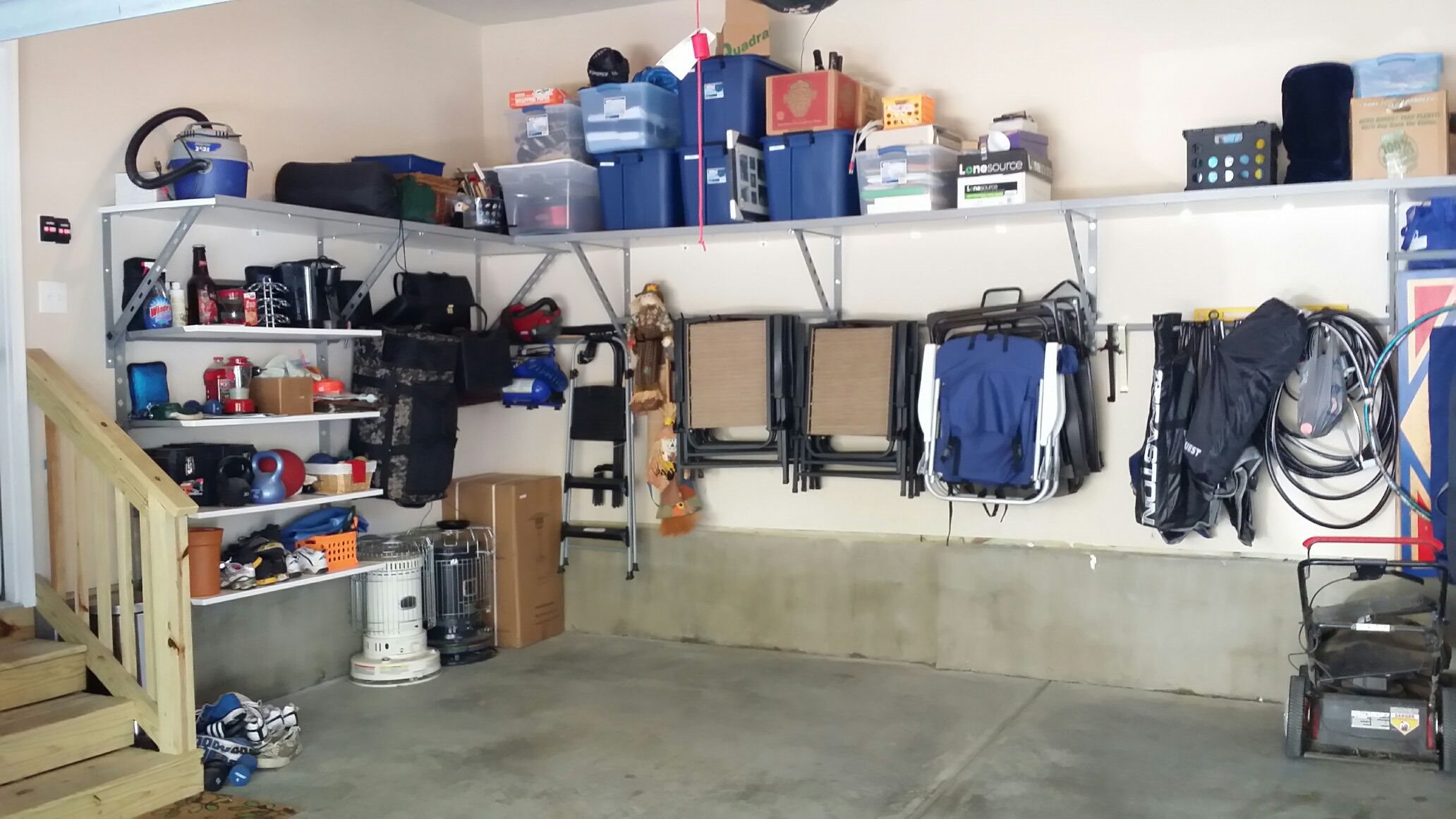
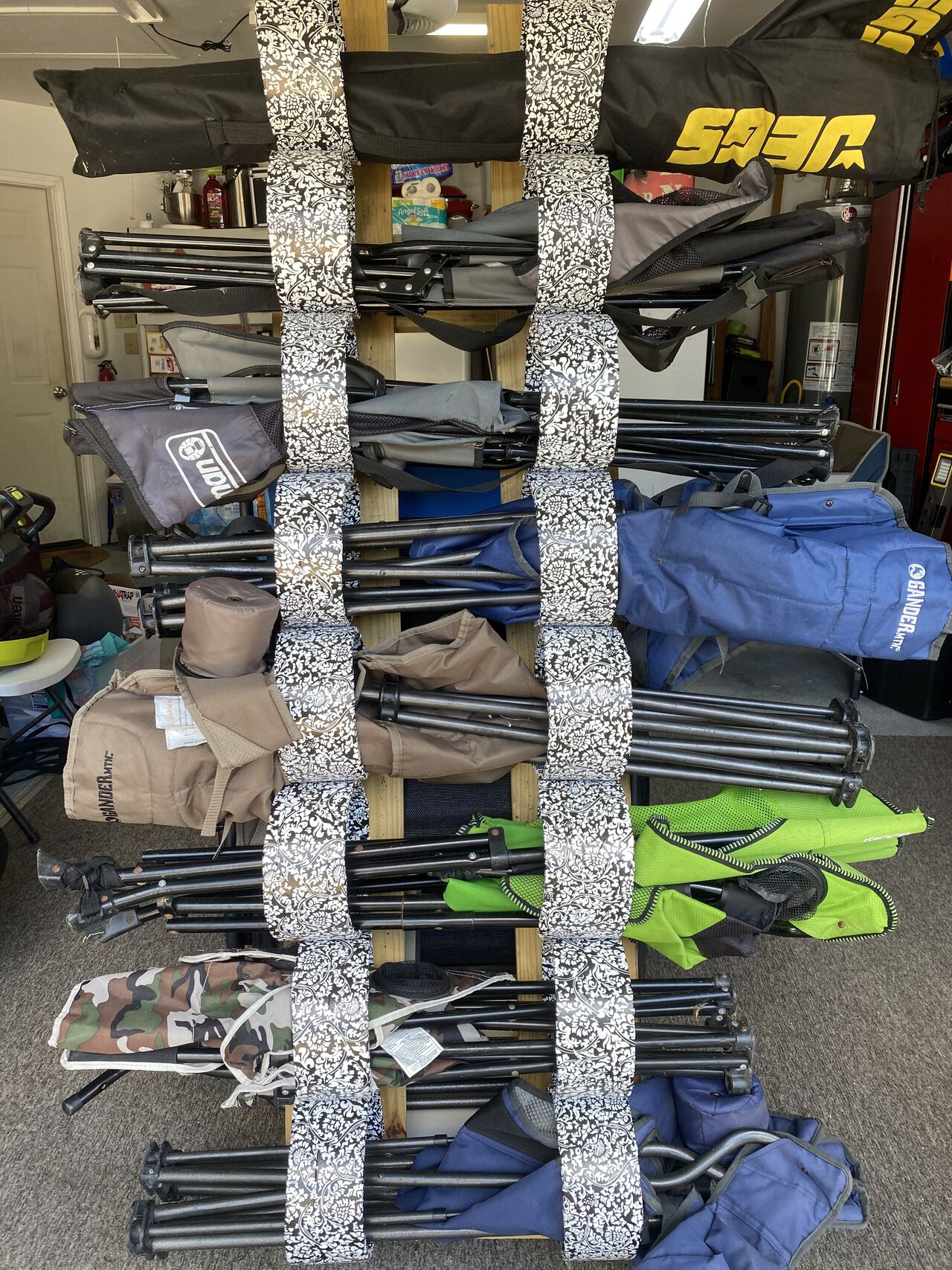
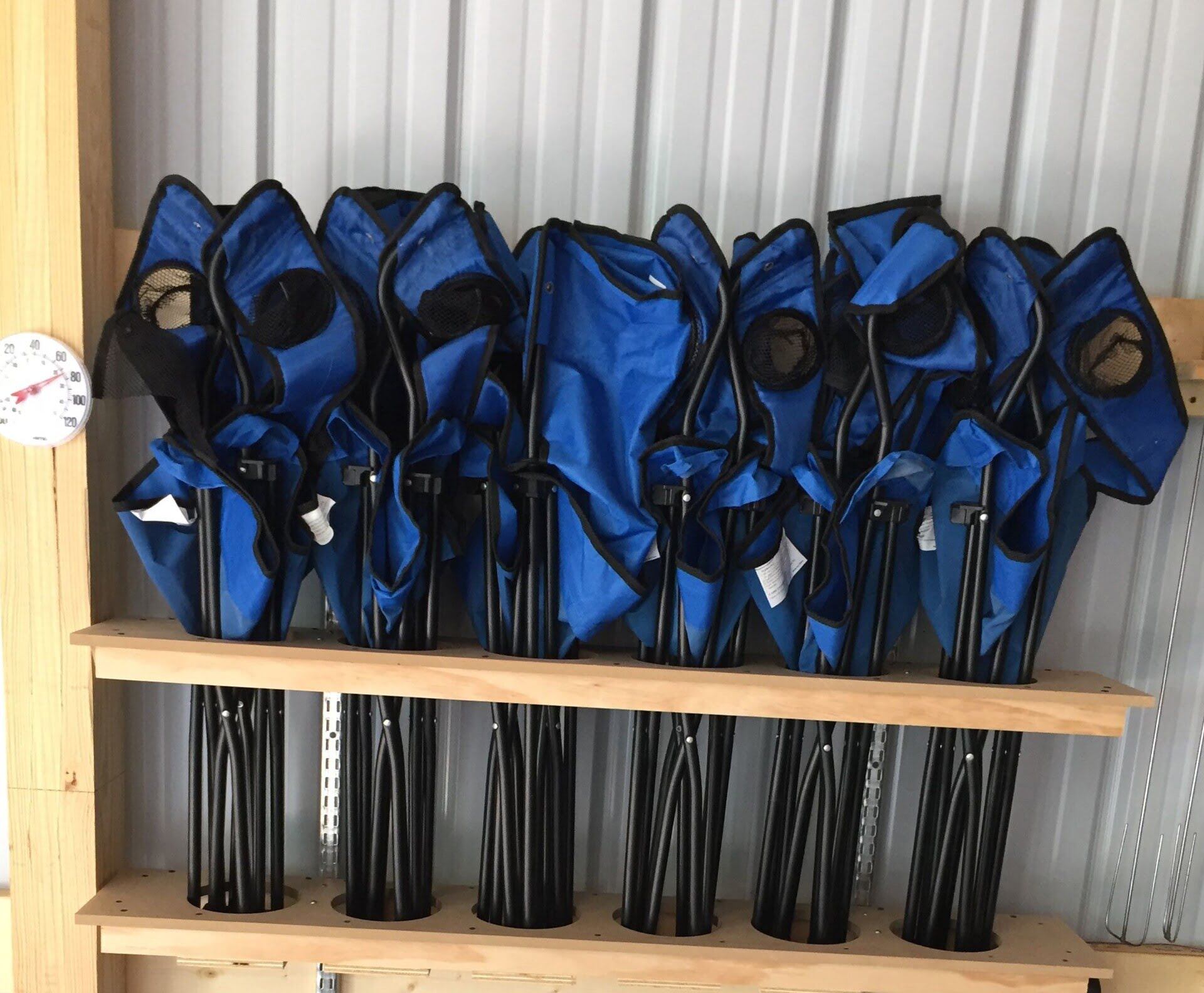
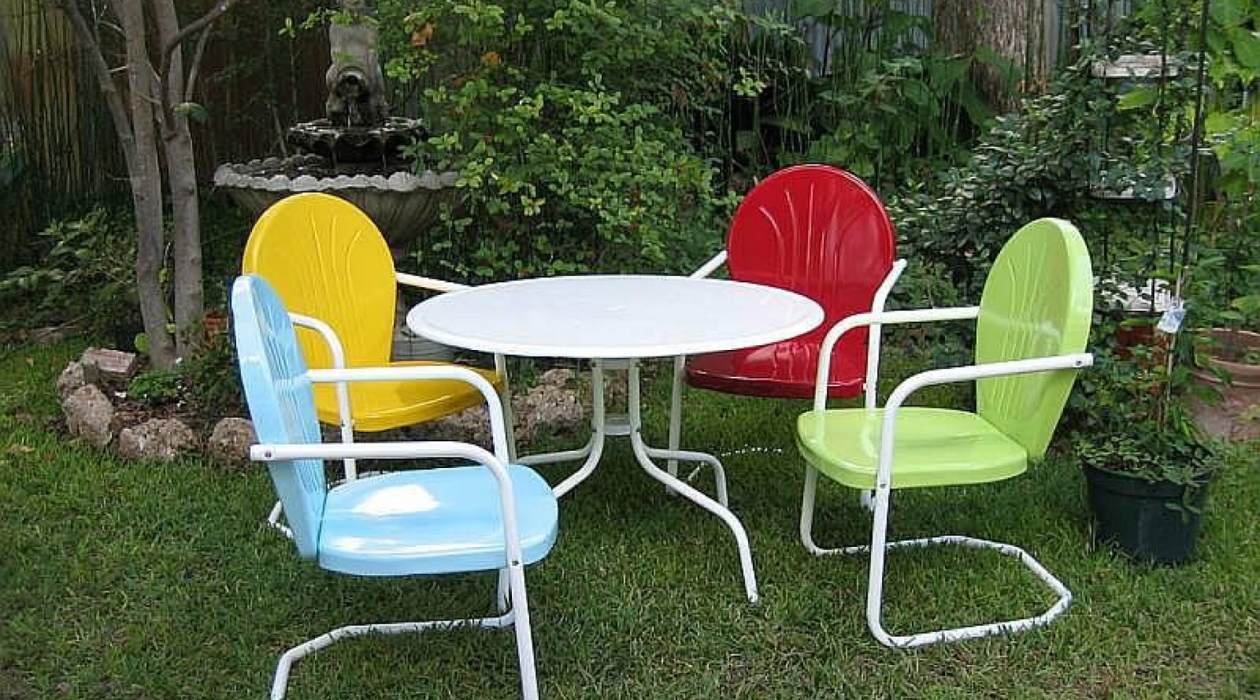
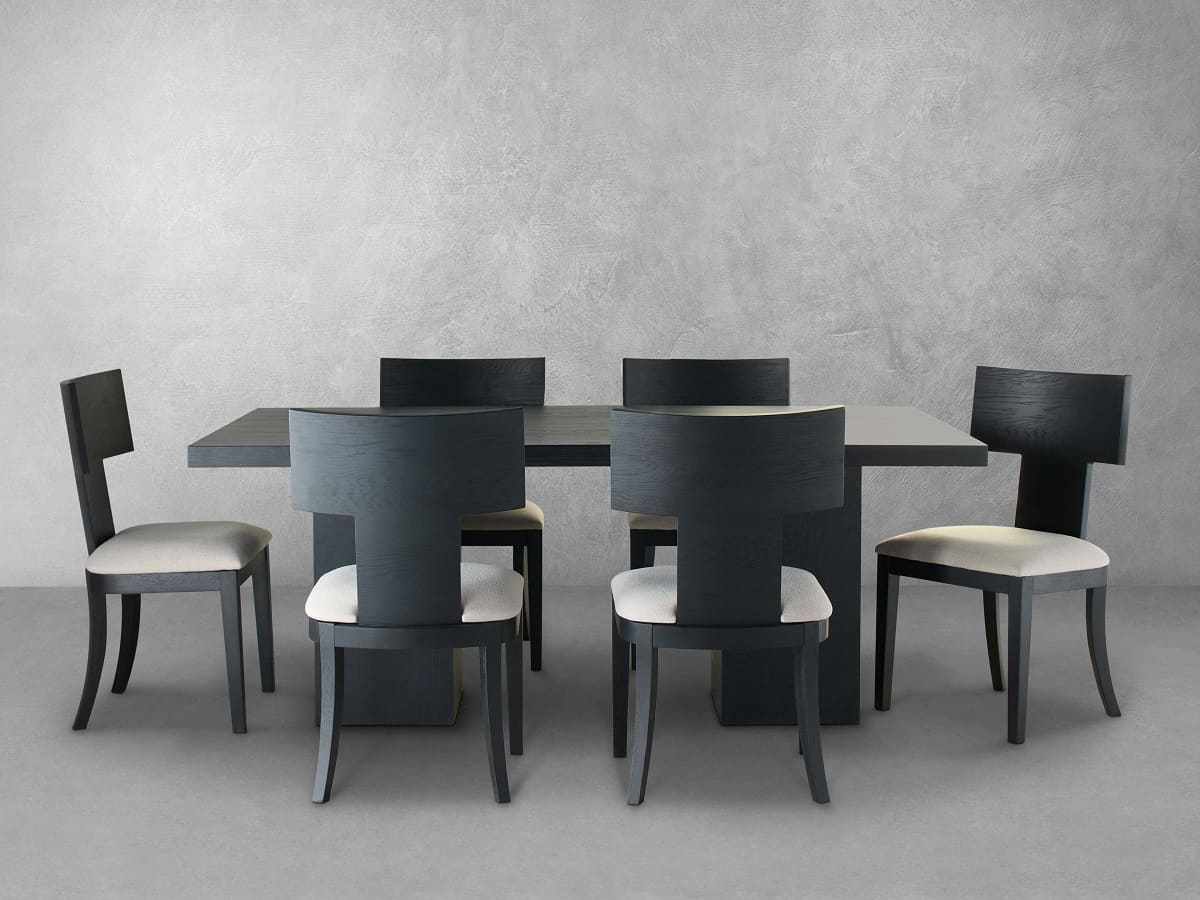
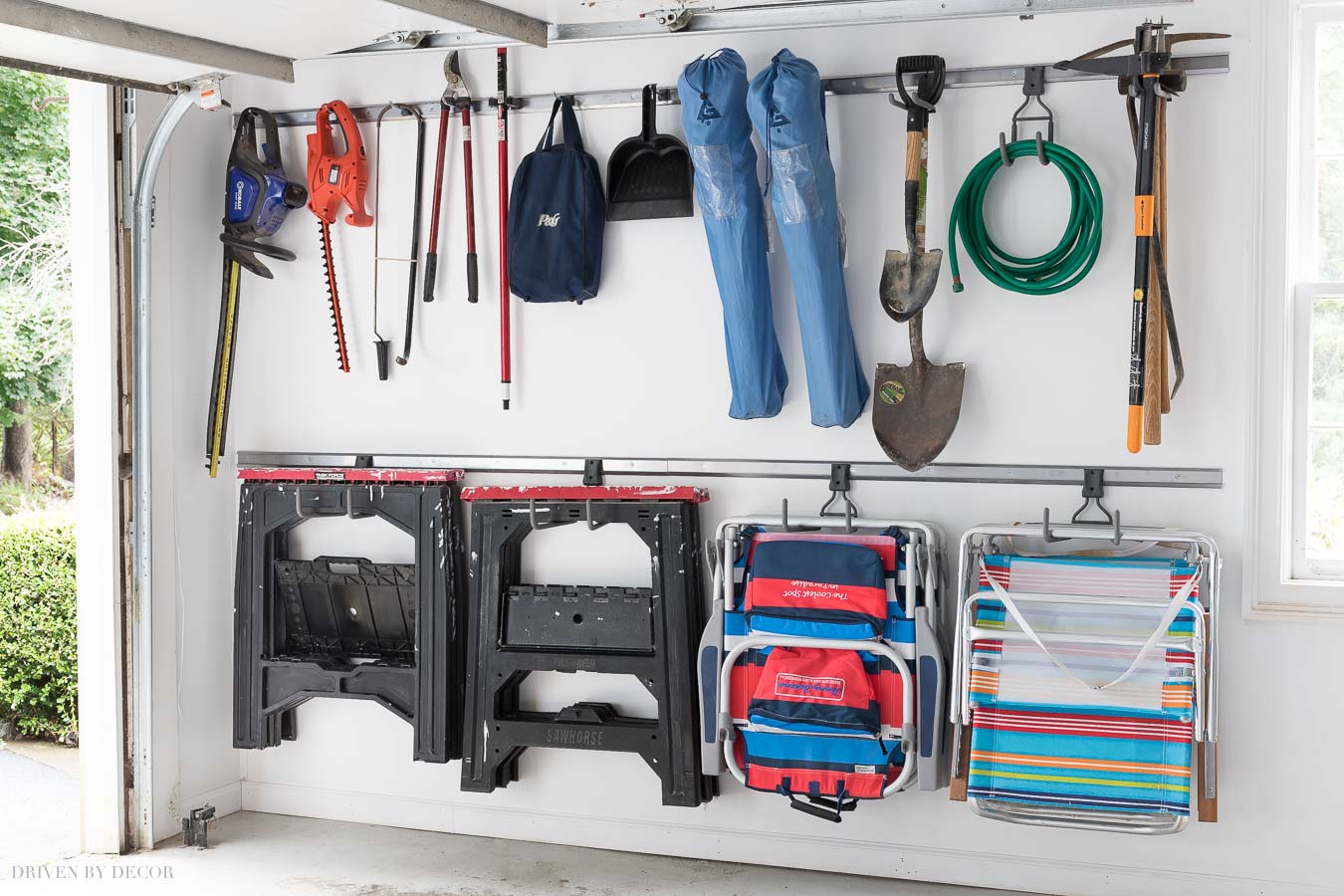
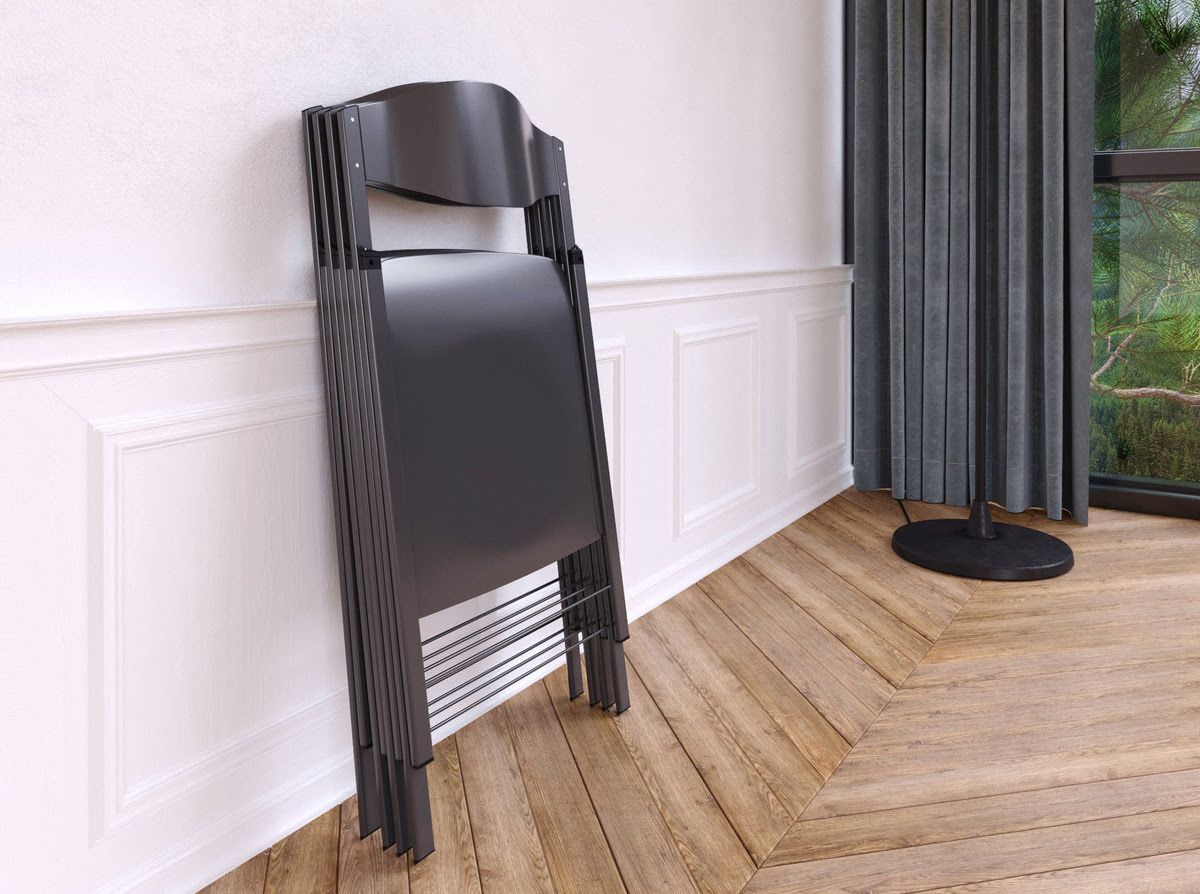
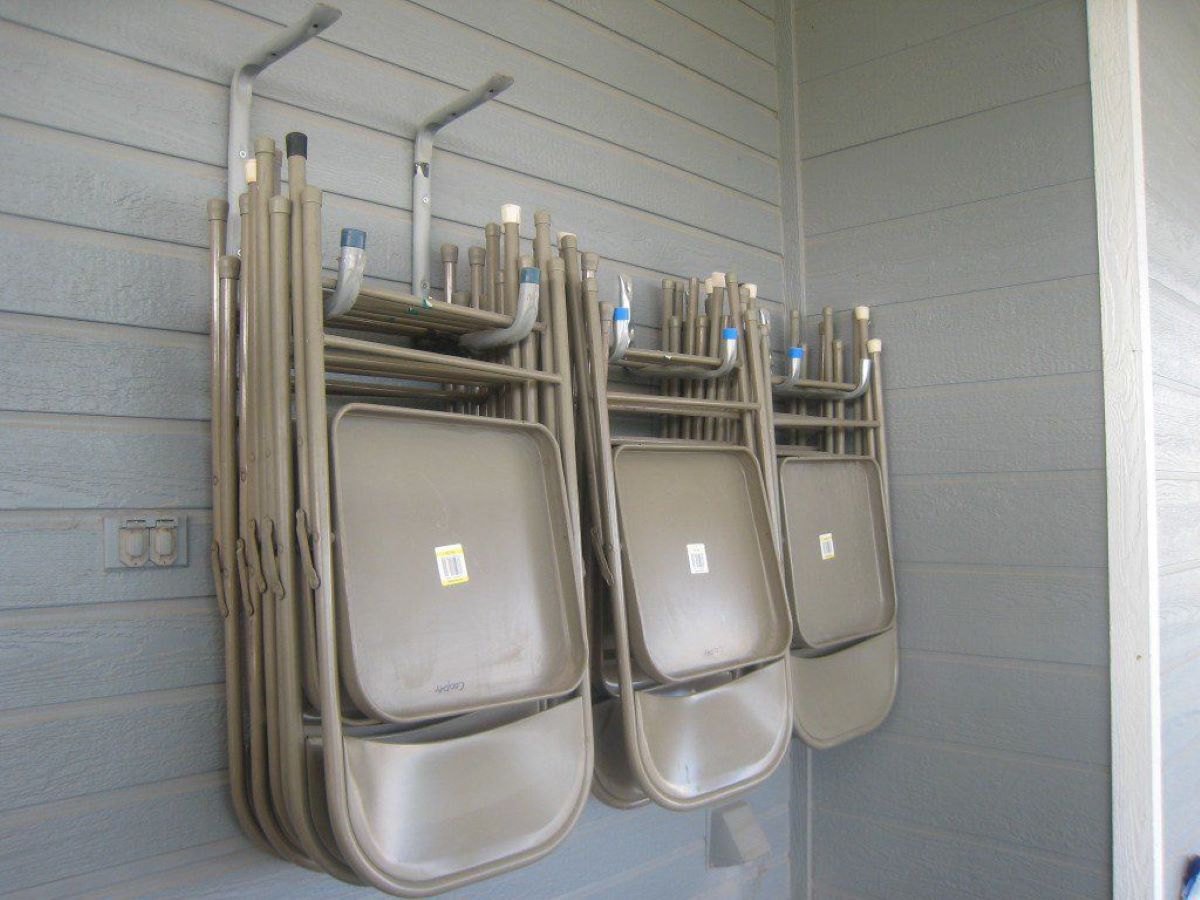
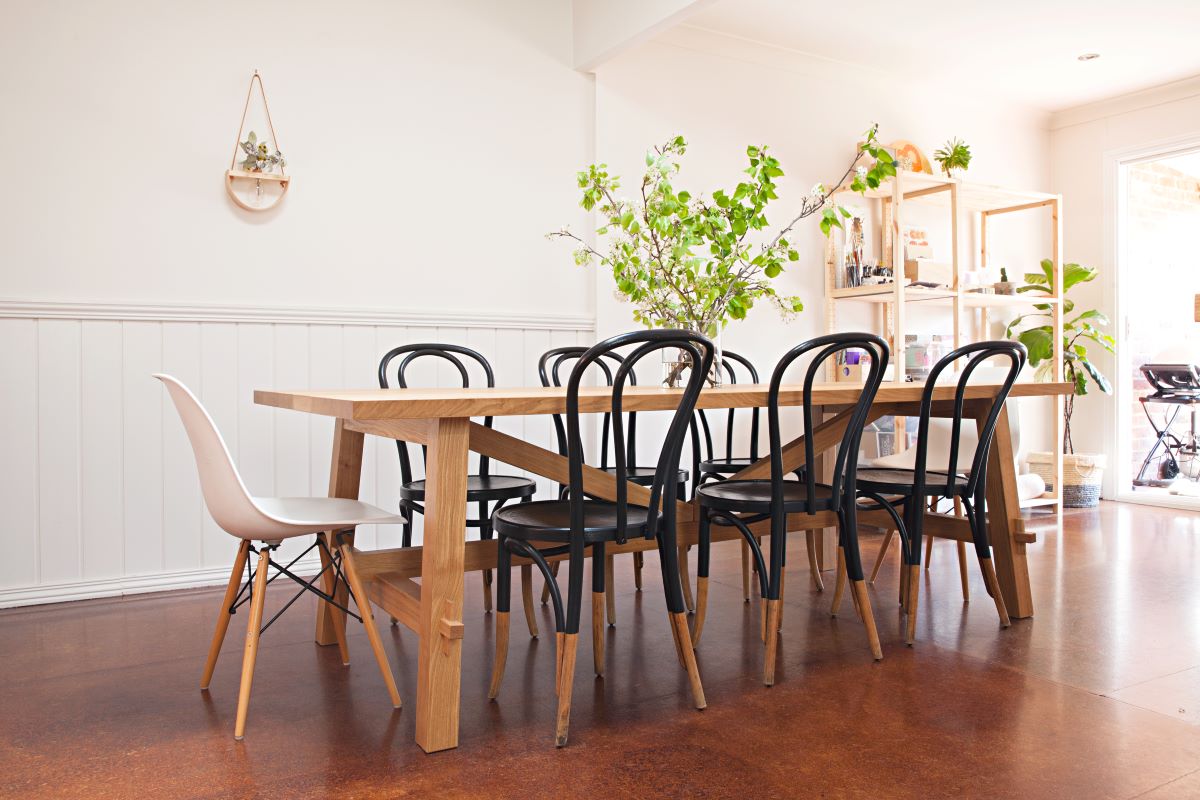
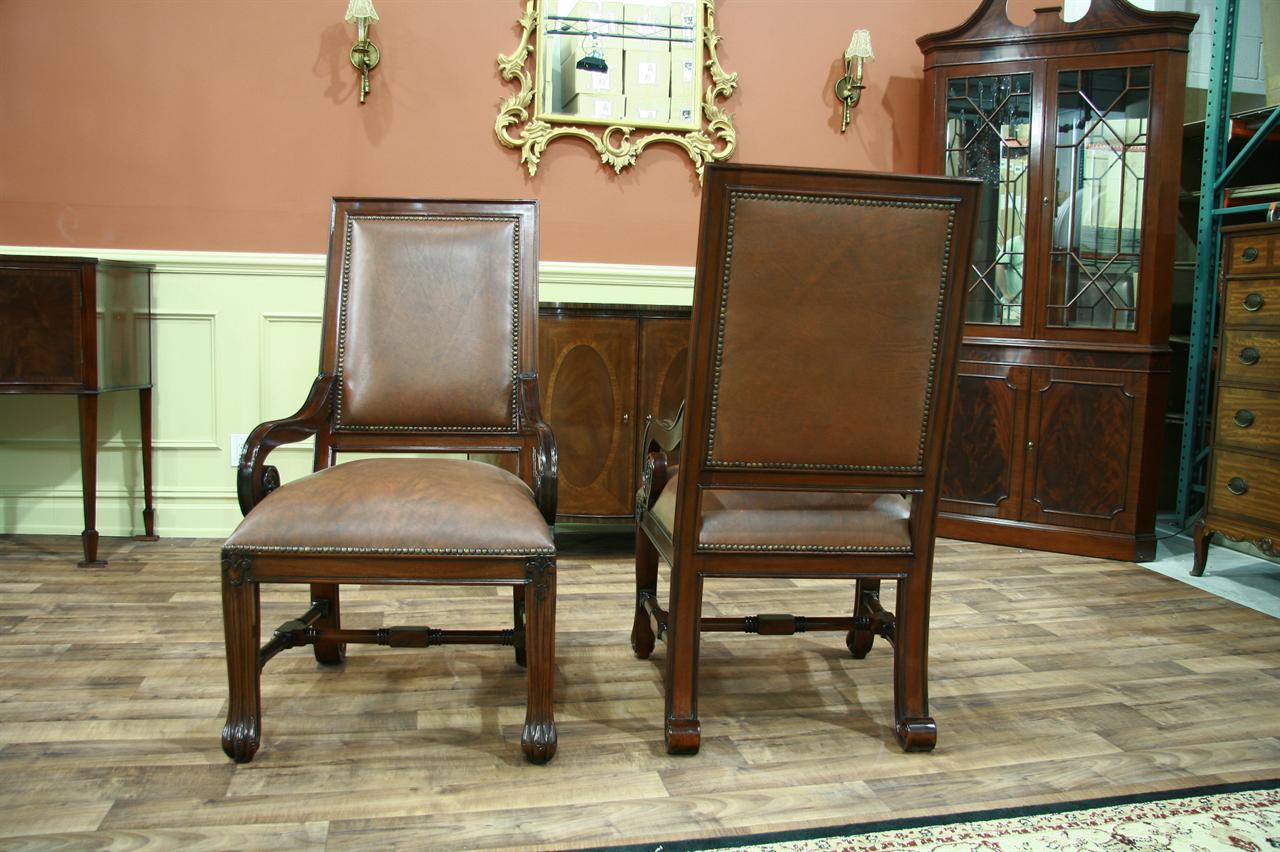
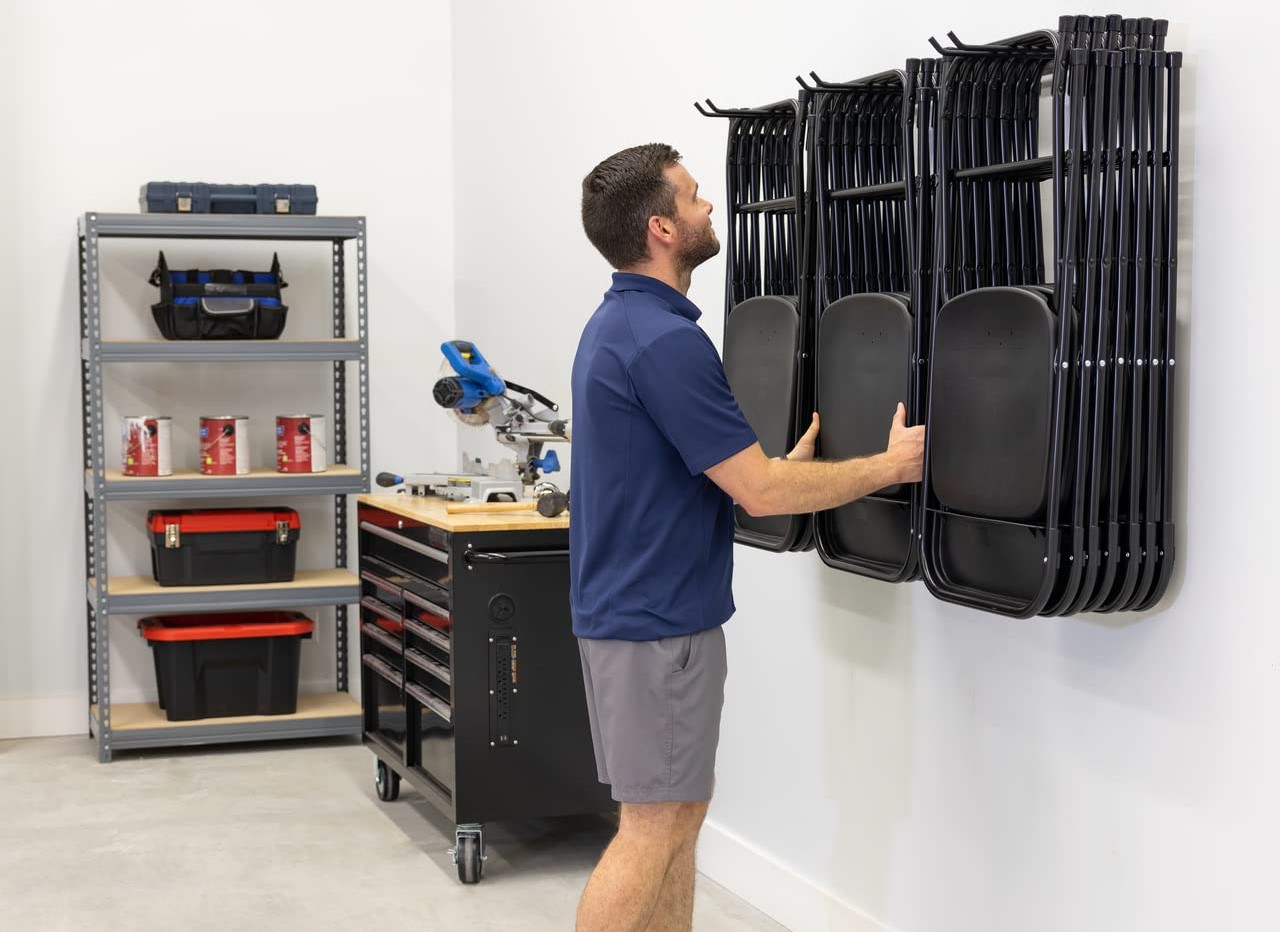

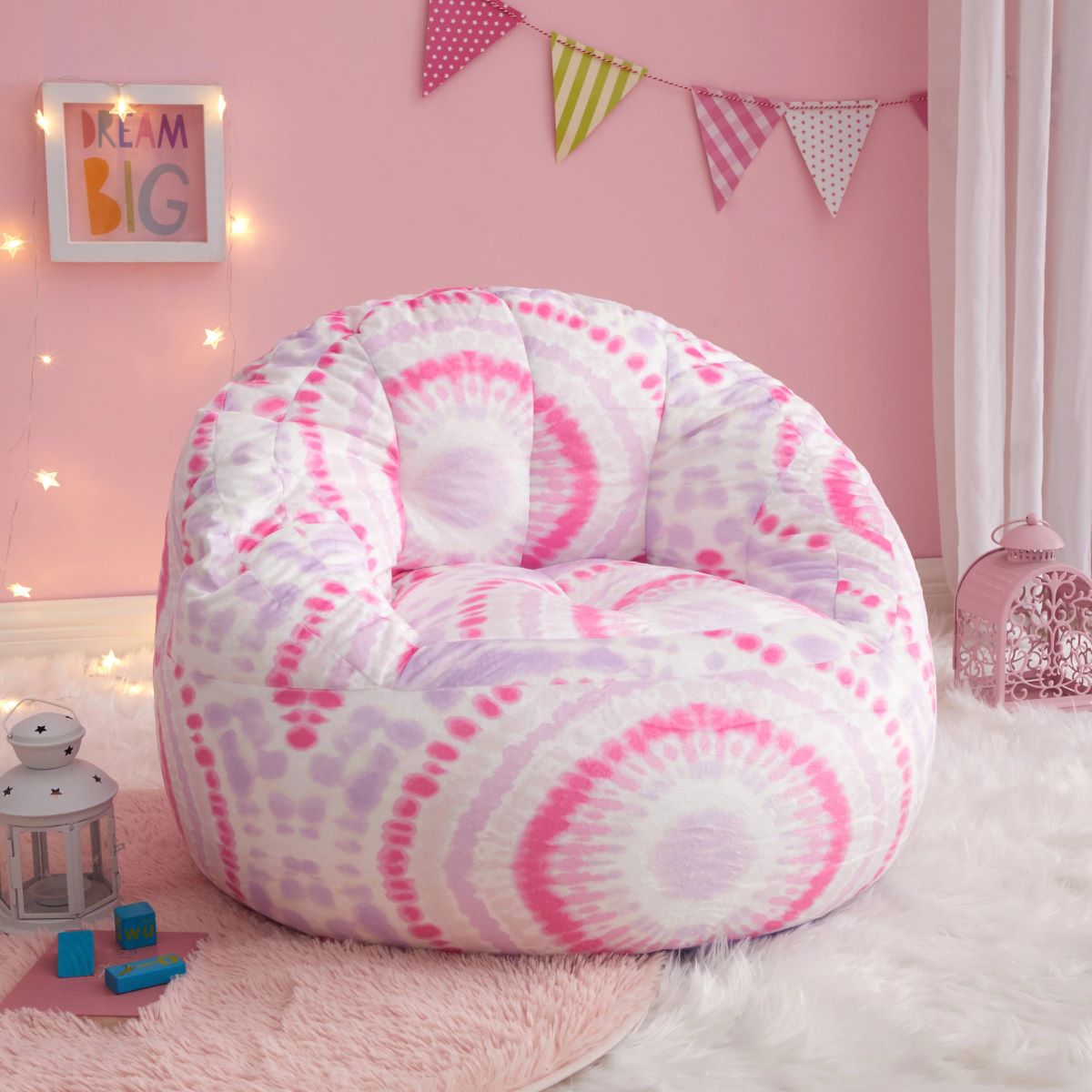
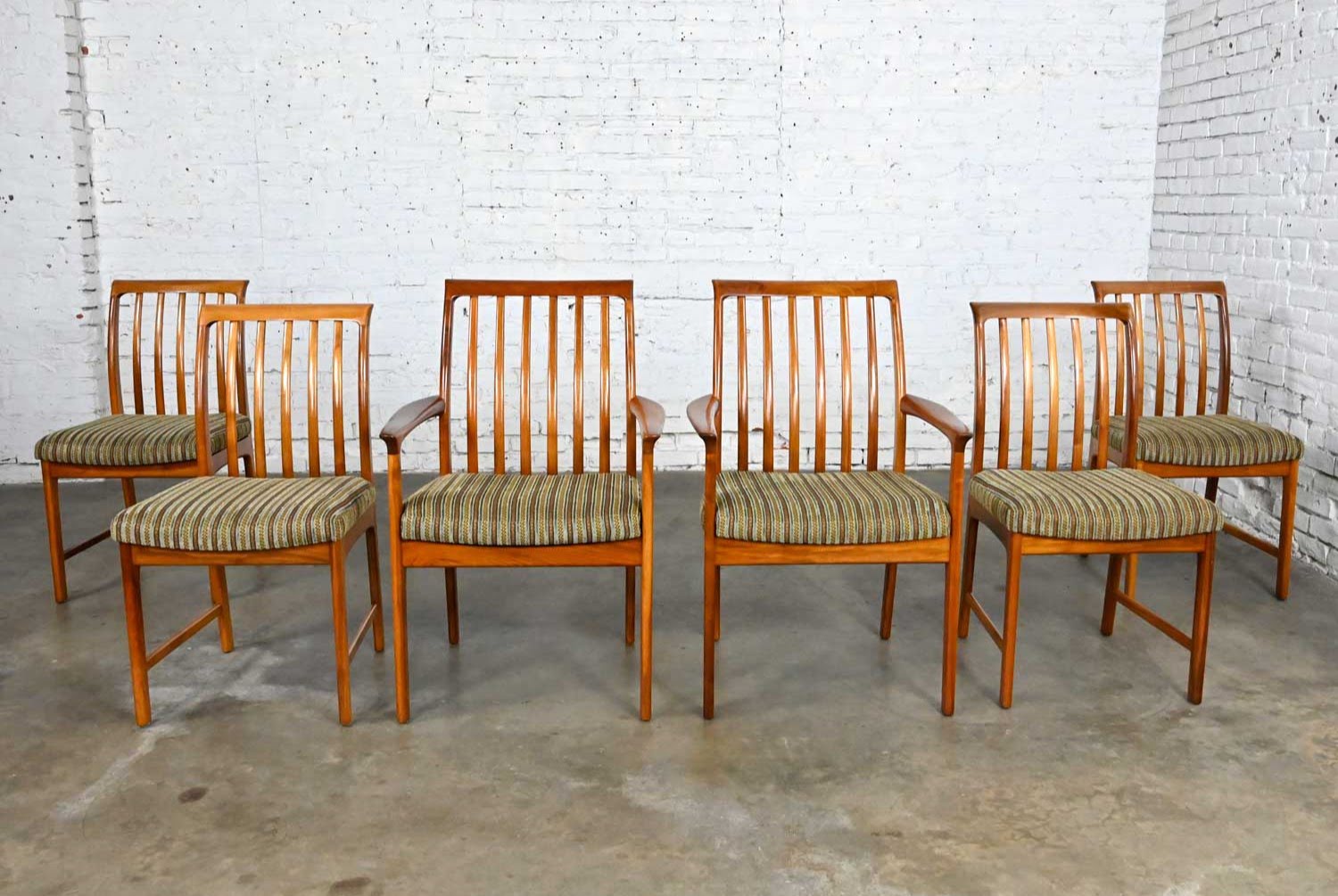

0 thoughts on “How To Store Chairs”